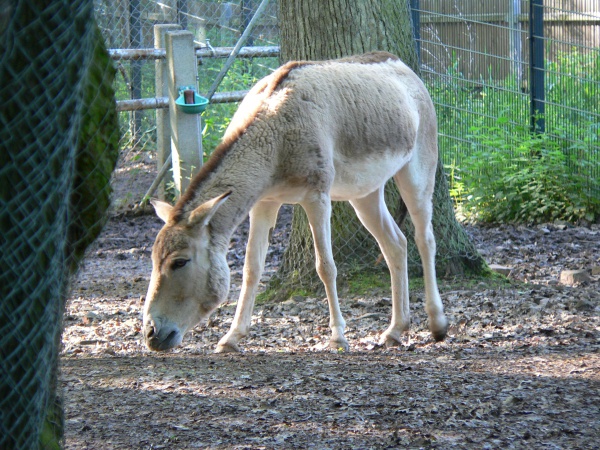Facts About Turkmenian kulan
The Turkmenian kulan, also known as the Transcaspian wild ass or Turkmenistani onager, is a captivating subspecies of onager native to Central Asia. Unfortunately, it was declared Endangered in 2016 due to a severe population decline. However, efforts to reintroduce this remarkable animal to countries like Kazakhstan, Uzbekistan, Ukraine, and Israel are ongoing.
The Turkmenian kulan is distinguished as one of the largest onager subspecies. It boasts a pale brown coat, a prominent dark stripe running down its spine, and striking white patches. These animals typically inhabit the deltas, deserts, steppes, and grasslands of Central Asia.
As herbivores, Turkmenian kulans primarily feed on plants and usually live in small herds. A stallion leads the herd, providing protection and mating with the females. Unfortunately, they face threats from poaching, habitat loss, and predation by various predators.
Conservation efforts for the Turkmenian kulan have a long history, dating back to the early 1900s. The Soviet Union implemented protection measures, and various reintroduction projects and captive breeding programs have been initiated in different regions. Although the species has experienced local extinctions, there are encouraging signs of recovery in some areas.
The Turkmenian kulan is related to other onager subspecies, including the Mongolian wild ass, Persian onager, Indian wild ass, and the now-extinct Syrian wild ass. It is also part of international breeding programs aimed at ensuring its survival and helping this incredible species recover from the brink of extinction.

 Romania
Romania